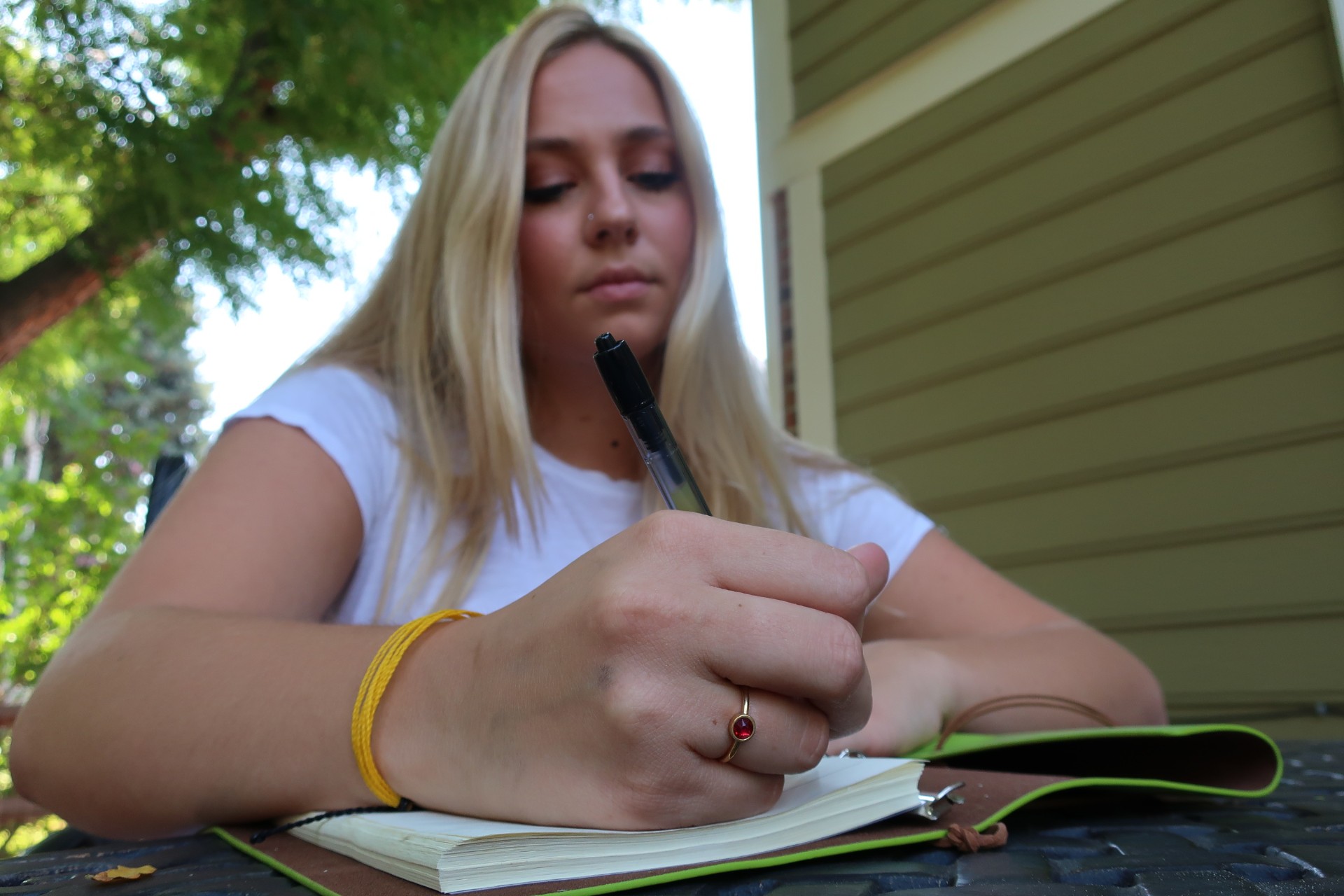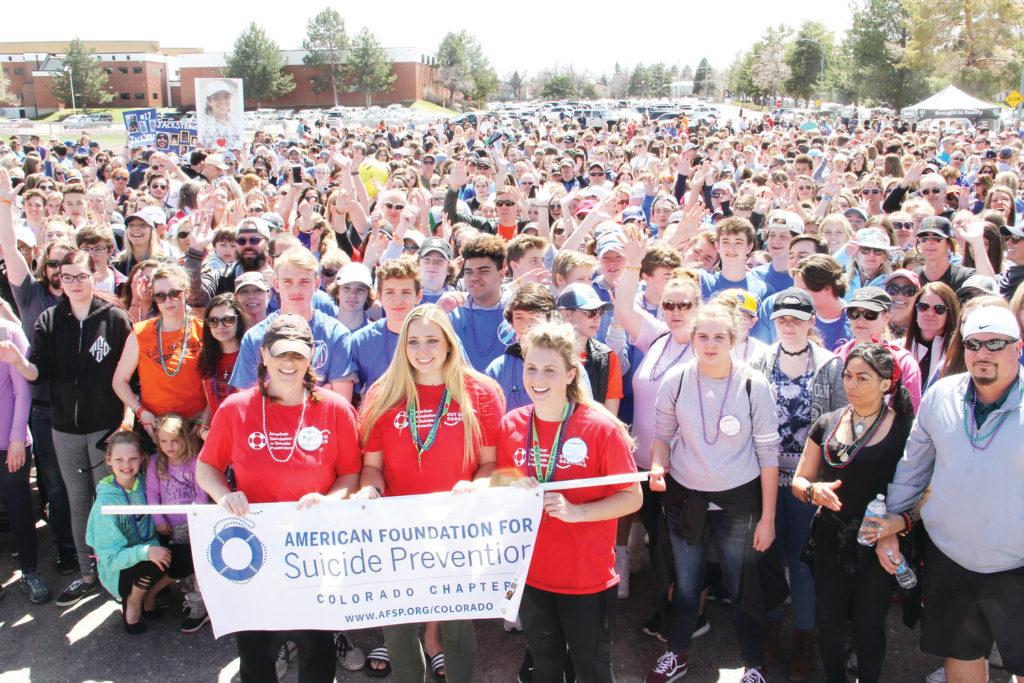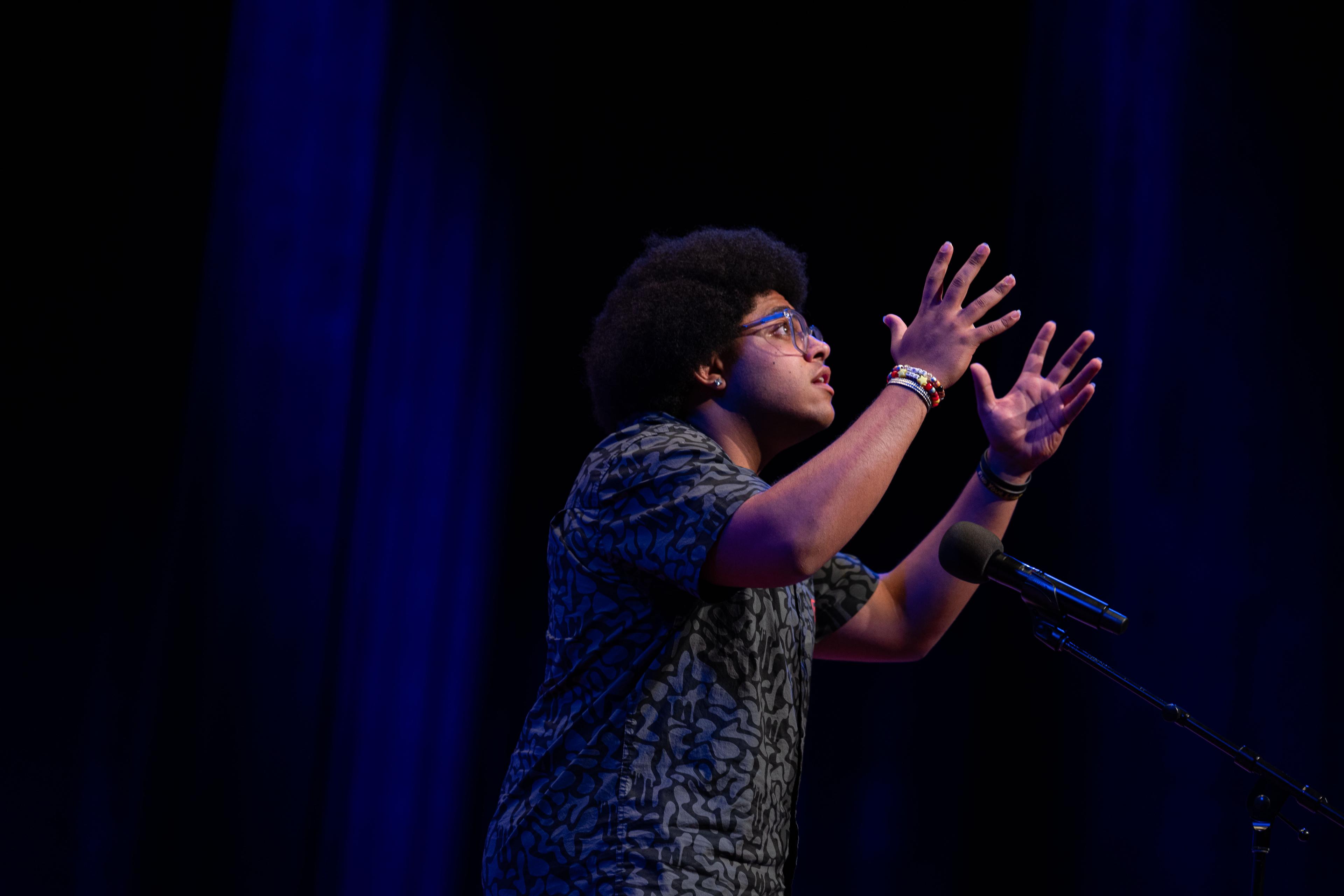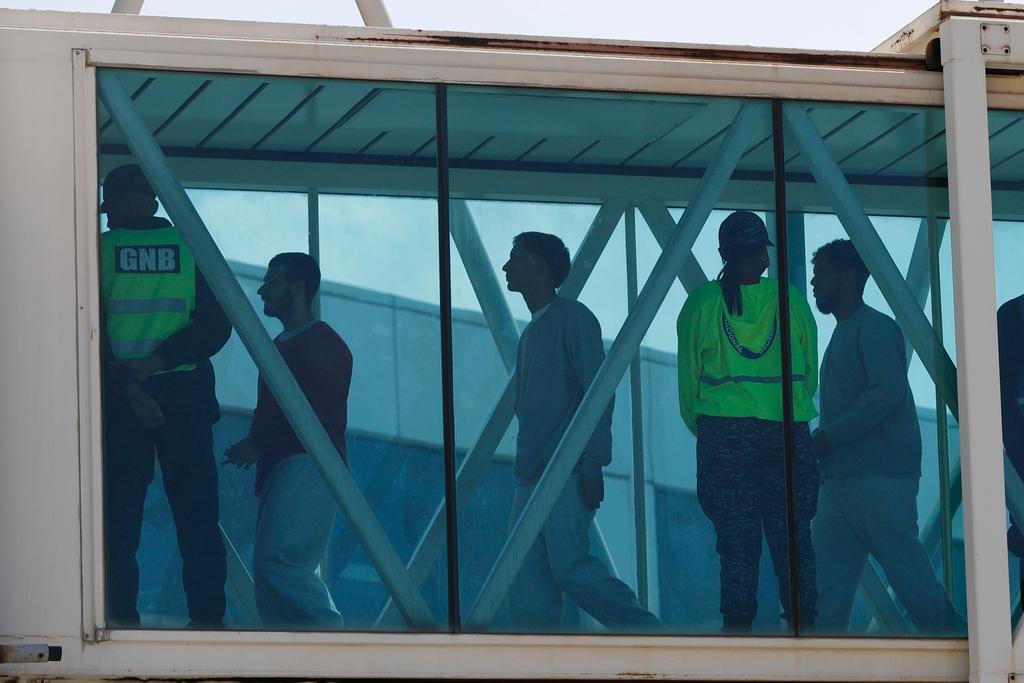
By her own description, Brooke, who recently graduated from Arapahoe High School in Littleton, led a sheltered life in a quiet cul-de-sac.
The 19-year-old had friends, a dog named Kenai and a loving family. She went to church on Sundays, although more often when she was younger, did well in school, played lacrosse.
Then in January of her sophomore year, Brooke’s world started to crumble when a classmate she knew died by suicide. In her junior year, a classmate took his life. In her senior year, another classmate and her close friend died by suicide.
In recent years, several students have died by suicide at Arapahoe High.
The deaths deeply affected Brooke, as with many young people who lose someone to suicide. A friend or classmate’s suicide can encourage greater suicidal thinking and higher depression in teens, according to one study. Seeking therapeutic help in the first year after the death is critical. Within six years, other factors are more relevant in explaining any suicidal ideation.
If you need help, dial 988 to reach the Suicide and Crisis Lifeline. You can also reach the Colorado Crisis Services hotline at 1-844-493-8255 or text “TALK” to 38255 to speak with a trained counselor or professional. Counselors are also available at walk-in locations or online to chat.
The suicides shook Brooke’s steady religious faith, bringing up “a lot of stuff about my fear of the world, my anger with God, a lot of existential stuff that I didn't even know I even cared about or thought about.”
“I would look in the mirror,” she said. “I would look at nothing. I mean I didn't even know what I was seeing. I felt like I didn't know anything about myself. I didn't know anything about the people in my life. I felt like I didn't know anything about the world. I just didn't see a point to anything. I didn't see a future in the kind of world that we live in.”
For teens, a friend’s suicide can cause an existential crisis.
That's partly because of the way the adolescent brain is wired, said Craig Knippenberg, a licensed social worker and author of "Wired and Connected." Knippenberg has provided therapy and support after a number of adolescent suicides and other tragedies in the Denver metro area for decades.
He compares a person’s development to a stained glass window. The first pieces come from your parents or caretakers telling you who you are as a person. Teachers, religious leaders, other relatives and your first friends give you feedback, too. By elementary school, you start putting in you.
"'Who am I, who am I going to be, what pieces of my past that I’m going to keep or reject,' challenging some of the stuff you heard from your parents, and separating from those pieces of glass,” Knippenberg said.
At the same time, there is a fierce evolutionary drive in teens to bond with peers, helping you construct your identity. Your first rejection blows a hole in the stained glass — but you learn to rebuild and make new friends.
“With a [friend’s] death by suicide, it’s like dropping the whole window,” Knippenberg said. “It's so painful for those who survive it. It brings up so many questions about, ‘Well, wait a minute. I thought we were friends. I thought that she could count on me or he would tell me what was going on.’ Or, ‘Why would God let this happen?’”
He said it can undermine teens’ belief in the messages from parents about how making good choices leads to good outcomes.
“‘Well, if you kids just do these certain things, you know, you work hard, you get some good grades, you participate in extracurriculars ... that life's going to turn out a certain way,'" Knippenberg said. "Well, it doesn't with this.”
A friend’s suicide can also evoke anger and challenge one’s theological beliefs, as it did with Brooke.
Brooke felt she didn’t have control over anything, even herself. She vowed she would never marry or have kids.
“I just want to be myself because I thought everyone leaves in my life,” she said. “Everyone dies. So it's easier just to not open up and to cut it all off and be by myself. I didn't want to bring children into this world.”
She felt isolated. At the time, for her and many of her friends struggling with their own mental health, the thought of being alone with what’s in your head is scary. She didn’t know who was going to die next.
“I didn't know what I was capable of,” Brooke said. “And so the thought of letting myself sit down, think about how miserable I was terrified me.”
Then there’s the guilt piece which makes suicide distinct. When someone dies from cancer or old age, you grieve because you miss them.
“But with suicide, you grieve for the person because you miss them, and you grieve for the fact that they were in so much pain and that no one could help them,” Brooke said.
“You suffer through a lot of guilt and a lot of regret regarding your relationship with that person because you feel like there's always something you could have done more to help," she continued. "You could have sent one more text, you could have reached out one more time. You could have gone over to their house and made sure they were OK.”
Survivors often blame themselves, Knippenberg said.
“Humans like control. We don't like to not have control of things. It makes us afraid. It takes a tremendously long time to rebuild the glass,” he said.
Gradually, though, people who lose someone to suicide may come to understand that the person was battling a psychiatric illness, using a substance or experiencing a moment of impulsivity when they died. Many survivors come to accept there are some situations you cannot prevent.
That took Brooke a long time, and her grieving made her feel out of synch with everyone around her.
“I wasn't ready to move on and I wasn't ready to move on for months and months," Brooke said. “The world kept turning and everyone else kept on going on with their lives. And maybe a few kids were sad for a week. But for me, it was months of pain and just months of not being able to barely get out of bed, and everyone else seemed fine. That was a really hard environment to be.”
She missed a lot of school and when she went to class, she’d just cry. The school building itself was traumatic for her, as she’d remember where she was in school when she learned her friend had died.
“I'd have to see that place, the cafeteria, and I'd walk by it every single day. It's like asking someone who got in a car accident to drive that route to work," Brooke said. "But it was hard for me to go to school every morning because I would just be heavy with all the trauma that happened in that building.”
Everyone grieves differently. Knippenberg said if you have some preexisting trauma — like multiple suicides, or anxiety or depression — it can take longer to heal.
He and other clinicians work with young survivors to help them compartmentalize, to put the tragedy in a box that they can return to on their own terms, and not something that intrudes into their every thought.
“You take control of the box and you say, ‘OK, I'm going to journal, or I'm going to light some candles for my friend, or I'm going to talk with my girlfriend or my buddy and we'll talk about it then,’” Knippenberg said. “And you sort of get back to life and, you open it [when you choose] and you have more control over it.”
He said adults can monitor kids and watch for the ones who can’t focus in class and can’t compartmentalize.
Brooke was lucky. She had access to a good therapist.
Talking to her mom about her crushing sadness was hurting them both too much. Brooke's therapist helped her move slowly from her despair.
“I talked to her about how sad I was and how much I wanted to not be here,” she said. “She helped me fight and be present and see the light at the end of the tunnel.”
Brooke learned coping techniques like writing down her feelings. Many teens like Brooke have a hard time feeling something and knowing exactly what it means. Her therapist could look at her writing and help Brooke work through emotions that she wouldn’t have been able to articulate.
She learned something else, something that at first seemed like a waste of time: taking a pause and breathing.
Brooke tended to drive herself into the ground to the point of being overwhelmed and overworked, doing things to keep from thinking about the “horrible things you don’t want to think about.”
Her therapist told her she was going to break and burn out.
“She said, ‘You need to give your mind a little bit of time each day to unlock the stress, let it all go. And then you can continue with your day,’” Brooke said.
She told Brooke to take five to 10 minutes to sit and breathe and reflect.
“Think of whatever you want to think about. If it's dark, if it's sad, think about it and accept it. And then keep going with your day. But you can't completely lock everything out. You can't push it away and hope it'll just go away because it won't,” Brooke remembered her therapist telling her.
Survivors like Brooke can also benefit from rediscovering a feeling of control. Young people can’t bring their friends back, but they can do things to prevent other people from going through a tragedy.
“I can have some control over this,” Knippenberg said. “That helps you put your window back together.”
So last spring, Brooke helped organize a suicide prevention march, raising $65,000 with the goal of raising awareness about mental health.

She’s getting stronger, working on her relationship with God and finding comfort in her faith. She sees signs of her friend in nature at her family’s cabin in Wyoming.
“I could hear her in the water and I could feel her in my heart and be OK with knowing that that's her with me. And feeling peace in that," she said. "That's the closest thing I have to her is nature, wind and seasons. It's the closest thing I have to my friend.”
Brooke, now 19, said she wouldn’t even recognize the girl she was as a high school freshman. She is now in her first year of college, where she’s excited to lead a life “as a new person” and is doing well. She hopes to one day work in the field of women’s health.
We want to know more, and we hope you do, too.
CPR News will spend the next few months investigating the factors that have created the ultimate pressure cooker for some teens. We’ll go into their world through audio diaries, interviews, reflection and analysis. Most importantly, we’ll examine what teens, families and schools can do to let some of the pressure loose.
_










